Prickly pear salad, anyone?
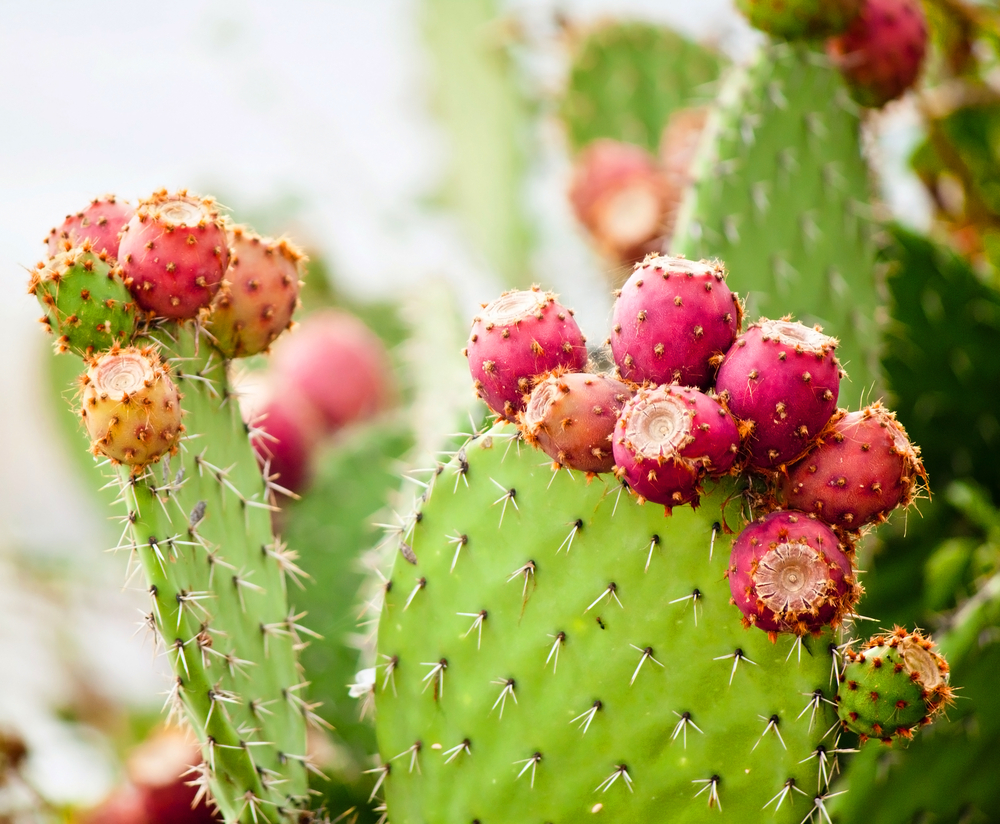
Starting an indoor garden is an obvious option for gardeners, unwilling to stop growing because of colder weather. But while harvesting your own garlic and lettuce off your windowsill can still be fulfilling, producing the same old fruits and vegetables indoors can get a little mundane.
If you’re looking to get a little more experimental, we’ve got you covered. Edible cacti and succulents are one alternative that can be particularly delicious. And most of them are pretty low maintenance. We’ve assembled a list of five with some tips for how to grow them inside your home.
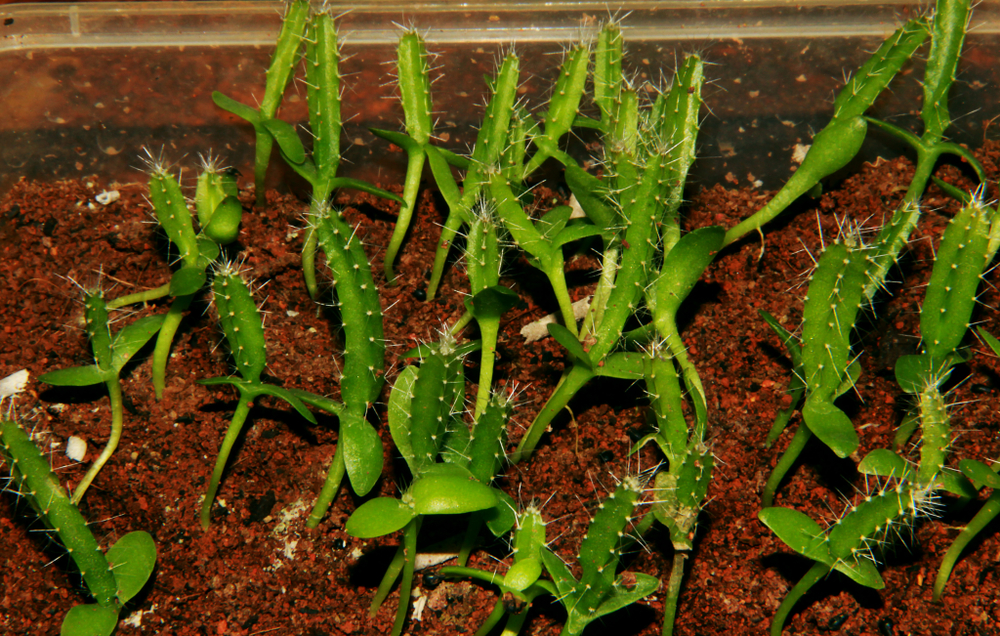
Photo by collinbenadict on Shutterstock.
Dragon Fruit, Hylocereus undatus.
If you didn’t know this already, dragon fruit is part of the cactus family. This spiky fruit has a memorable crunchiness and tastes like a cross between a kiwi and a pear. They’re a great addition to smoothies or can be eaten on their own. Dragon fruit thrives in dry, warm environments. Ensure you place your own in a south facing window or a location that has access to sunlight for 6-8 hours a day. Water it about once a week. Your soil should feel dry each time you water it.
Depending on how long you want to wait before you have harvestable fruit, you can either grow this cactus from a seed or a cutting. Growing from a seed takes six years and growing from a cutting takes one.
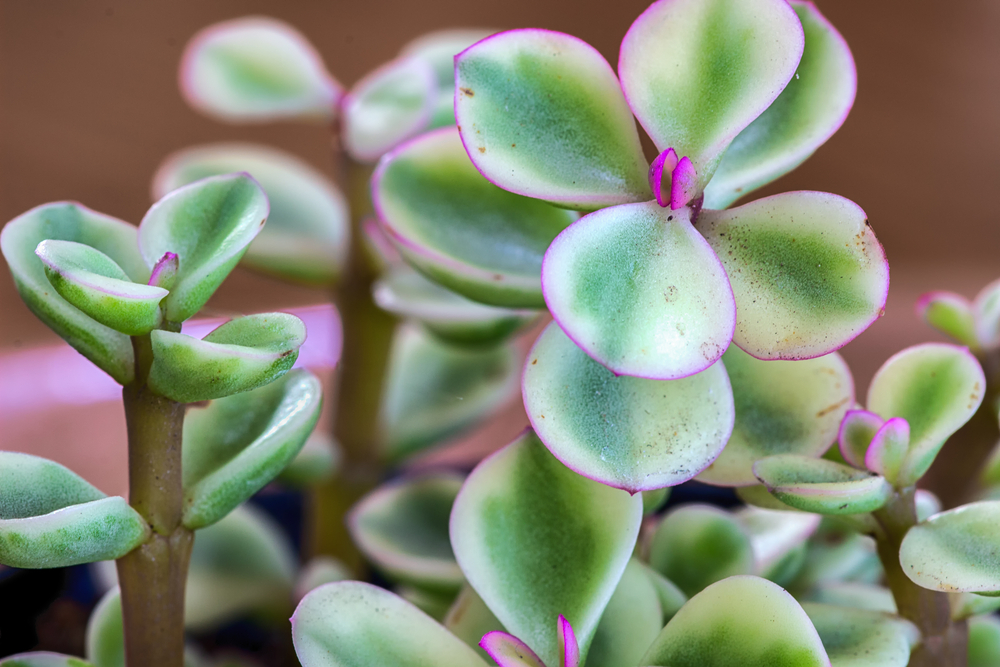
Photo by Doug Tunison on Shutterstock.
Elephant Bush, Portulacaria afra
The elephant bush, otherwise known as elephant food, is not just for elephants—you can eat it too! Strip the leaves off the stem and add to a salad. You can also cook them and add to soup. They’re crunchy in texture and have a sour taste.
These plants grow best in well-draining potting mix, cactus soil or potting soil that is 50 percent sand. This succulent prefers indirect sunlight. For indoors, a south-facing window is ideal. It’s important to be mindful that for this plant, too much sun can cook the leaves to a crisp and cause them to fall off. You would know if the elephant bush received too much sun if it starts to turn yellow or red at the tips. When you water the elephant bush, try to distribute the H2O directly into the soil and away from the leaves. Water that sits on top of the leaves for too long can make it susceptible to rotting.
We recommend using the soak and dry method, which means allowing the soil to dry up as a sign for when it’s time to give the plant some water. If your first inch of soil feels completely dry, it’s time for some water.
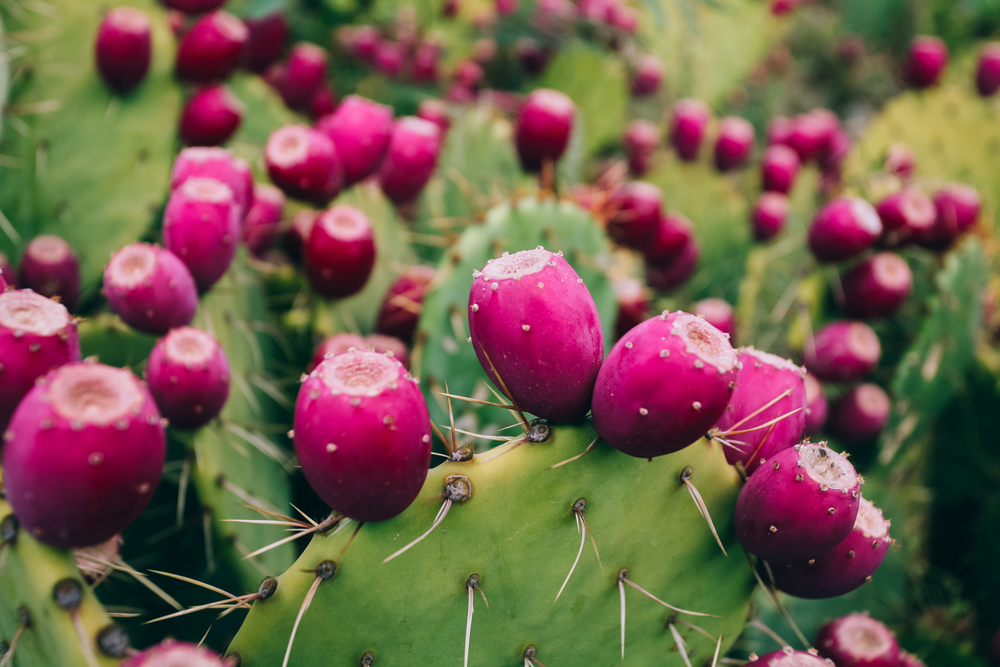
Photo by Dmytro Sheremeta.
Prickly Pear, Opuntia ficus-indica
Prickly pear cactus is known for its ability to grow tasty, syrupy fruit. However, the petals are also a tasty snack that can be consumed on their own, added in salads or omelettes.
You can grow them in just about any type of container. It thrives in the sun and needs at least six hours of direct sunlight each day. Your west or south facing window will be best. It also needs well-draining soil, as soil that’s too damp for the prickly pear can cause it to rot. Water them every ten to 14 days or when its top half-inch to inch of soil in the pot has become dry.
This cactus is slower growing in its fruit production and can take three to four years before a baby plant starts growing fruit. So enjoy its petals for the time being.
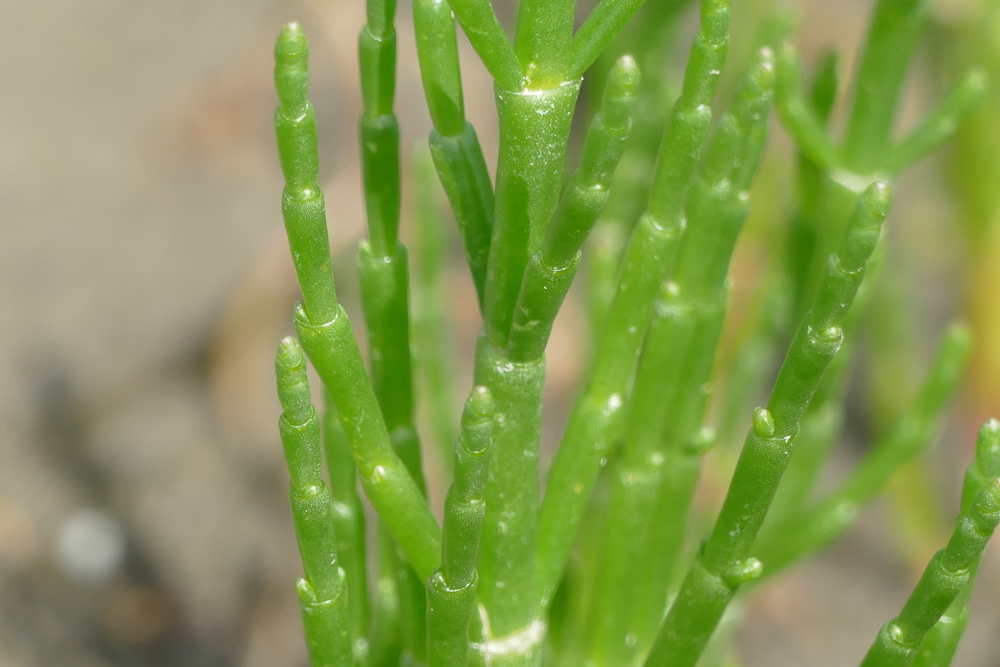
Photo by juerginho on Shutterstock.
Glasswort, Salicornia europaea
Glasswort, sometimes called the poor man’s asparagus, is a succulent native to South Africa. Glasswort grows best in full sun. You can keep this succulent on your windowsill throughout the day. Ensure it is planted in sandy or soil with good drainage. This plant needs to be nurtured with salty water. For every two cups of water, add two teaspoons of sea salt and stir. Your soil should always be moist, so monitor this plant accordingly and ensure you are providing it with a steady supply of water.
Glasswort is edible and can be eaten raw in salads. Alternatively, it can be steamed, pickled or served in a stir fry. They are tastiest and ready to harvest when stems are around 5 inches long.
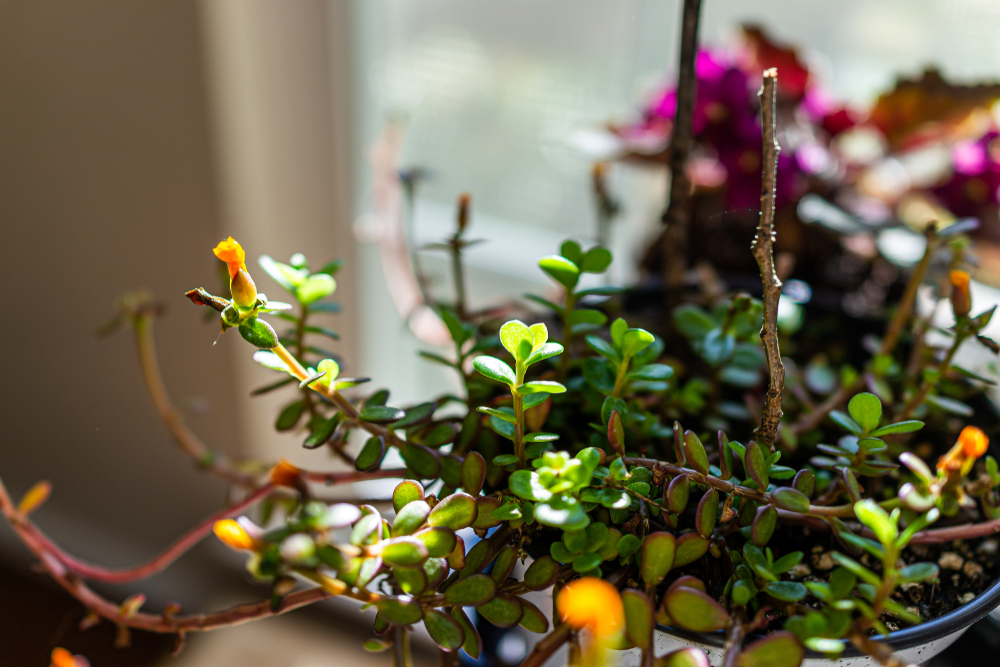
Photo by Kristi Blokhin on Shutterstock.
Purslane, Portulaca oleracea
Purslane is an annual succulent that is also commonly known as red root or pursley. It has seven times the beta-carotene of carrots and six times more vitamin E than spinach. Michael Pollan has described it as one of the most nutritious wild plants.
This low-maintenance, drought-tolerant plant grows best in full sun—about eight hours is best. It needs well-drained soil and needs to be watered about once a week or when the top layer or first inch of the soil has dried up. When you water this plant, it should never be to the point where your soil feels soggy.
Serve the plant’s leaves in dishes as you would with spinach or microgreens. Their leaves are tart and have a peppery aftertaste.
Those were two cacti, and the rest, succulents. I will be posting on the farmers market website of the arizona community farmers market website (arizonacommunityfarmersgroup) the nutritional, cultural, and other information for 15 local arizona cactus fruit, as well as recipes.
Mark Lewis, Chmachyakyakya Kurikuri ‘Atatchkwivok’nytar
crater@comcast.net